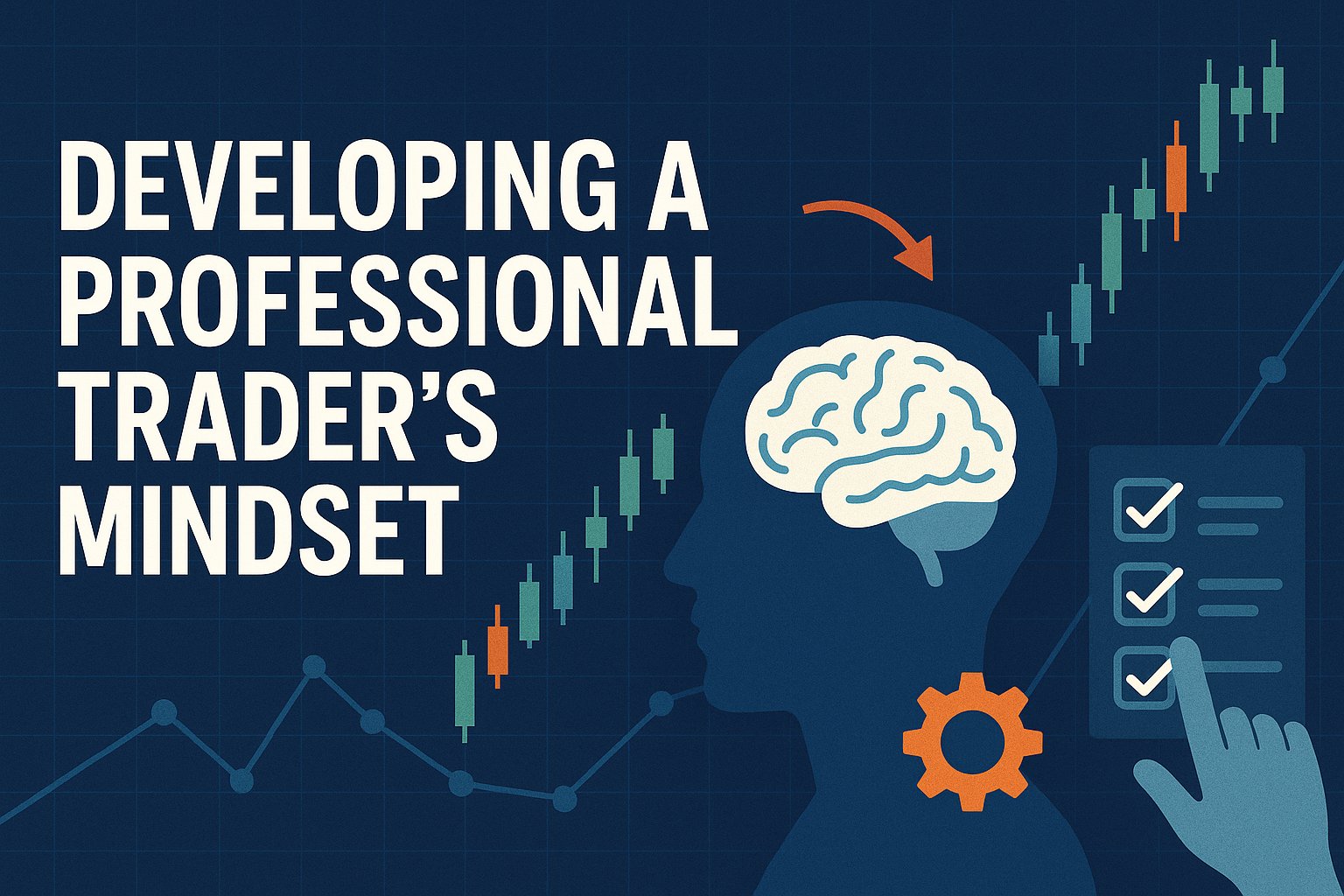Your trading performance depends on two equally important factors: technical knowledge and psychological readiness. In equal measure, they will affect your results, whether negative or positive.
Many traders spend countless hours perfecting their technical analysis while overlooking the mental aspects of trading. The most sophisticated trading strategy becomes ineffective when emotions interfere with its execution.
Strong emotions can override the best-planned strategies. When fear takes control, you might miss valid trading signals. During periods of overconfidence, you could ignore risk management rules. These emotional responses happen quickly, usually before you realize their influence on your decisions.
Despite years of market experience, some traders break their rules repeatedly. Their accounts swing wildly because they allow their emotions to drive their decisions.
If you’re that trader, everything will change when you start keeping a detailed accountability journal.
Writing down your mistakes will make them real. You’ll see patterns you weren’t even aware of, and you’ll be amazed at how many times you repeatedly made the same mistake. A daily log will force you to confront each deviation from your trading plan.
Trade execution demands absolute clarity. Your rules work as guardrails, keeping you safe on the right path and in the right direction when emotions run hot and threaten to lead you astray. Every aspect needs clear guidelines – from position sizing to exit criteria.
- Create specific checkpoints throughout your trading day.
- Before entering a trade, verify it against your predetermined criteria.
- After closing positions, assess your adherence to your plan.
Trading generates intense emotional pressure. Without strict routines, impulse decisions creep in and undermine results. Successful traders maintain rigid schedules that include:
- Preparation time
- Trading windows
- Performance reviews.
This structure eliminates emotional decision-making. It creates space between market movements and your responses.
Professional traders understand that the market rewards consistent execution above all else. Trading works through probabilities and statistics. A trader who wins 55% of their trades can build substantial profits through proper position sizing and risk management.
Statistical edges appear in various forms. Some traders spot reversals at key price levels. Others trade breakouts from consolidation patterns. The specific method matters less than your ability to execute it repeatedly. Market conditions change constantly, affecting any strategy’s effectiveness. Accepting this reality frees you to focus on execution rather than prediction.
One trader noticed his win rate dropped significantly during afternoon trading hours. By limiting his trading to morning sessions, his performance improved dramatically. Small adjustments based on real data compound into meaningful improvements. Another trader who specialized in trading gaps at market open found that her strategy worked 48% of the time, but her winners averaged twice the size of her losses, creating profitability through consistent application.
Documentation strengthens consistency. Record every trade, including the setup, position size, and outcome. Review these records weekly to spot patterns in your execution. Your strategy provides the framework, but only consistent application turns that framework into profits. Once you’re aware of your emotional pitfalls and patterns, and you work to eliminate them from your decision making, it’s your strategic consistency that will bring relatively consistent wins.
For advanced concepts on the psychology of market trading, read the full book, Mastering the Trader Within: Trader Psychology: A Mindset for Success.
There, you’ll find more about:
- Cognitive bias
- Decision-making under pressure
- Brain chemistry
- Understanding emotions in trading
- Overcoming common psychological pitfalls
- Sustaining long-term performance
- How to work with market volatility
- Building a system
- And much more…
Whether you’re looking to make trading a career or just want to dabble, there’s a power to be understood in trading… and it lies with your personal psychology.




